
Best Soil for Tomato Plants: Nourishing the Foundation for a Bountiful Harvest
Tomatoes are the crown jewel of any vegetable garden, known for their juicy, sun-ripened sweetness. Yet, to grow robust, flavorful tomatoes, the secret lies beneath the surface—in the soil. The best soil for tomato plants is one that nurtures their deep roots, supports healthy growth, and provides the nutrients they need to flourish.
As any seasoned gardener knows, no matter how much sunlight your plants receive or how carefully you water them, if the soil isn’t right, your tomatoes won’t thrive. Understanding what makes the best soil for these vibrant plants can be the difference between a modest yield and a bumper crop of plump, flavorful tomatoes.
The Basics: What Tomatoes Need From Their Soil
Tomatoes are heavy feeders, meaning they require a nutrient-rich environment to grow tall and produce fruit. The ideal soil for tomatoes should provide a balanced mix of nutrients, retain moisture, but also allow for proper drainage. Achieving this balance starts with a few key elements:
Rich in Organic Matter: The best soil for tomatoes is rich in organic matter. Compost, aged manure, and other organic materials add essential nutrients and improve soil structure. They also help retain moisture, which is crucial during hot summer months when tomatoes need consistent hydration.
Well-Draining: While tomatoes love moisture, they don’t like to sit in soggy soil. Well-draining soil ensures that excess water moves away from the roots, preventing root rot and other fungal diseases. Adding sand, perlite, or vermiculite to your soil mix can improve drainage while maintaining enough moisture for your plants.
Slightly Acidic pH: Tomatoes prefer soil that’s slightly acidic, with a pH level between 6.0 and 6.8. This acidity helps the plant absorb the nutrients it needs, especially calcium, which is crucial for preventing issues like blossom end rot. You can easily test your soil’s pH with a home testing kit and adjust it if necessary by adding lime to raise the pH or sulfur to lower it.
Creating the Perfect Soil Mix for Tomatoes
To give your tomatoes the best chance at success, consider creating a custom soil mix that combines the ideal components for growth. Here’s a simple recipe for creating the best soil for tomato plants:
Garden Soil (40%): Start with high-quality garden soil as the base. This provides structure and acts as a medium for root growth.
Compost (30%): Compost is packed with nutrients and beneficial microbes that tomatoes thrive on. It also improves the soil’s water retention and helps maintain a loose texture, perfect for root development.
Peat Moss or Coconut Coir (20%): Peat moss or coconut coir helps retain moisture without compacting the soil. This is especially useful in ensuring your tomatoes stay hydrated, particularly during dry spells.
Perlite or Sand (10%): To improve drainage, mix in perlite or coarse sand. This will keep your soil from becoming waterlogged, preventing root issues and encouraging healthy growth.
Once you’ve mixed these ingredients, make sure to fluff the soil and check its texture. It should be loose, crumbly, and able to hold moisture without becoming too dense.
Organic Additives to Boost Tomato Growth
For those looking to grow the healthiest, most flavorful tomatoes, adding organic amendments to your soil can give your plants an extra boost. Here are some natural soil boosters that are especially beneficial for tomatoes:
Bone Meal: Rich in phosphorus, bone meal promotes strong root development and helps tomatoes produce more flowers, leading to a larger yield. Mix bone meal into the soil when planting to encourage early growth.
Fish Emulsion: This natural fertilizer is rich in nitrogen, which promotes lush, green growth. However, use it sparingly—too much nitrogen can lead to lots of foliage and fewer tomatoes.
Epsom Salt: A great source of magnesium, Epsom salt helps improve the plant’s ability to absorb nutrients like phosphorus and nitrogen. It also encourages blooming and fruit production. Sprinkle a small amount around the base of each plant or dissolve it in water and use it as a foliar spray.
Crushed Eggshells: Eggshells provide a slow-release source of calcium, which helps prevent blossom end rot—a common problem in tomato plants. Crush eggshells and mix them into the soil or add them to your compost pile for a calcium boost.
Preparing the Soil for Planting
Before planting your tomato seedlings, it’s important to prepare the soil to ensure it’s in the best condition possible. Follow these steps for success:
Loosen the Soil: Use a garden fork or tiller to loosen the top 12-18 inches of soil. This encourages deep root growth and improves drainage.
Work in Organic Matter: Add 2-4 inches of compost or aged manure to the soil and mix it in well. This boosts the nutrient content and helps improve soil structure.
Check the pH: Test your soil’s pH and adjust it if necessary. Remember, tomatoes prefer slightly acidic soil, so aim for a pH between 6.0 and 6.8.
Mulch After Planting: After planting your tomato seedlings, apply a layer of mulch around the base of each plant. Mulch helps retain moisture, regulates soil temperature, and suppresses weeds.
The Rewards of Good Soil: Healthy, Abundant Tomatoes
When you invest time in preparing the best soil for your tomato plants, the rewards are plentiful. Healthy soil leads to strong plants that are better able to resist disease and pests, and produce larger, more flavorful fruit. The combination of proper drainage, rich organic matter, and the right pH creates the ideal environment for tomatoes to thrive.
As you care for your tomato plants throughout the season, remember that soil health is key to their success. Regularly top off your beds or containers with fresh compost, monitor moisture levels, and keep an eye on the health of your plants. With the right foundation, you’ll be rewarded with a bountiful harvest of sun-ripened tomatoes that taste like summer itself.

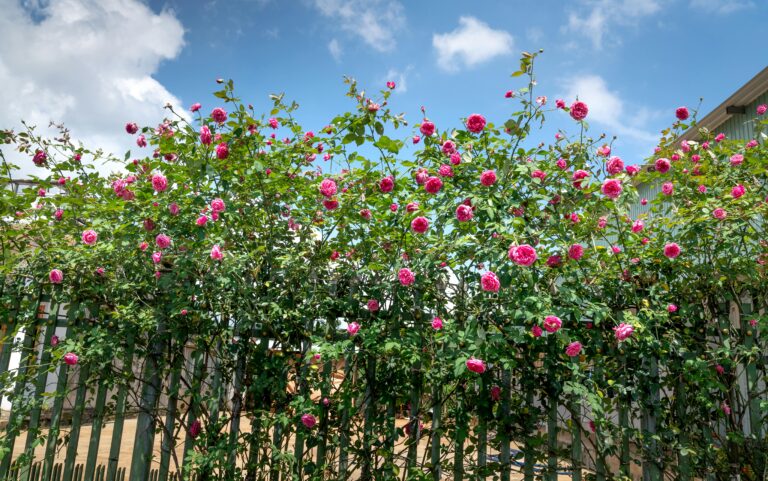
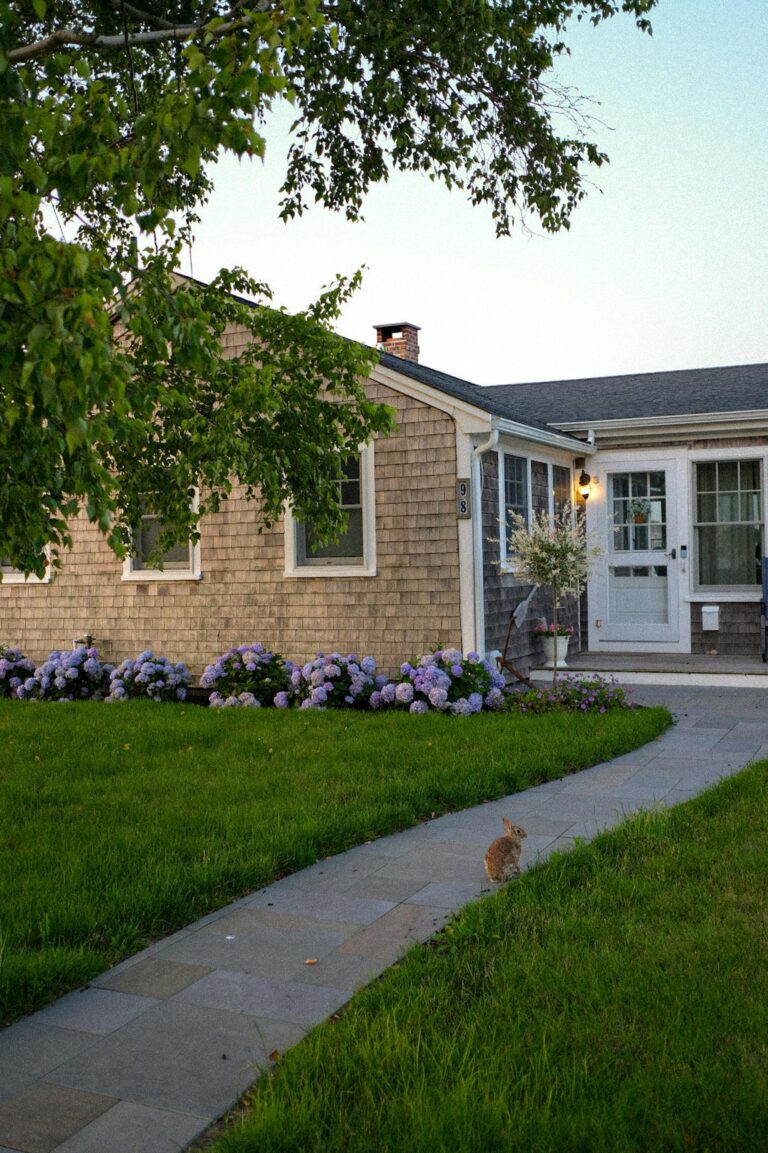
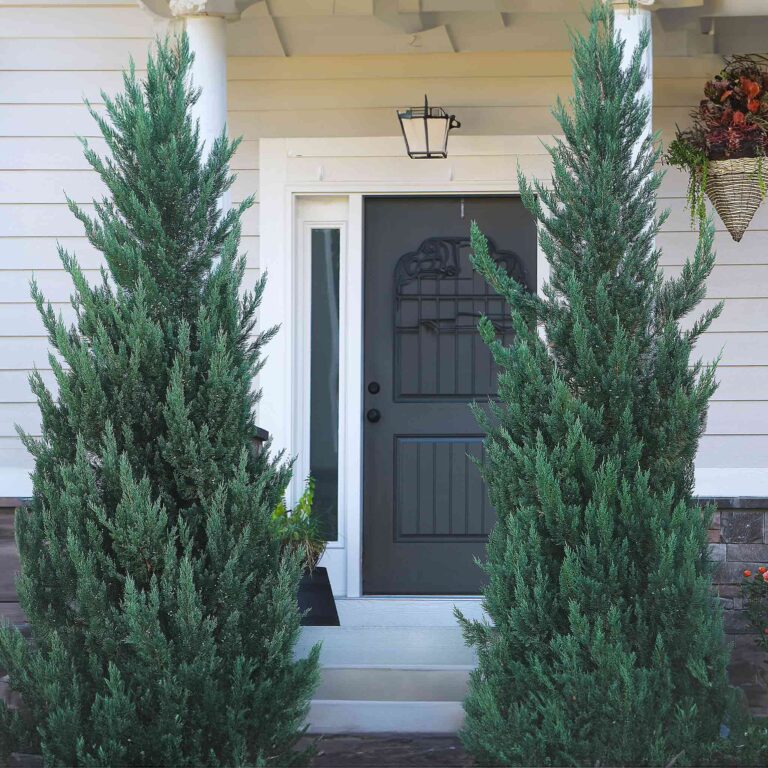

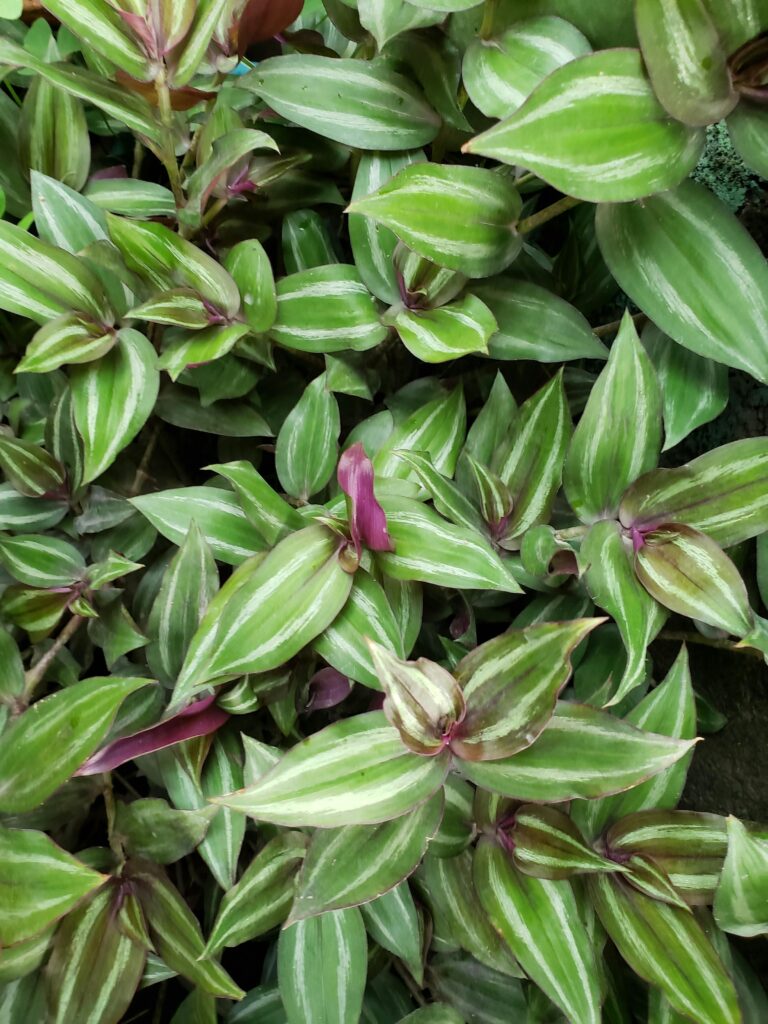
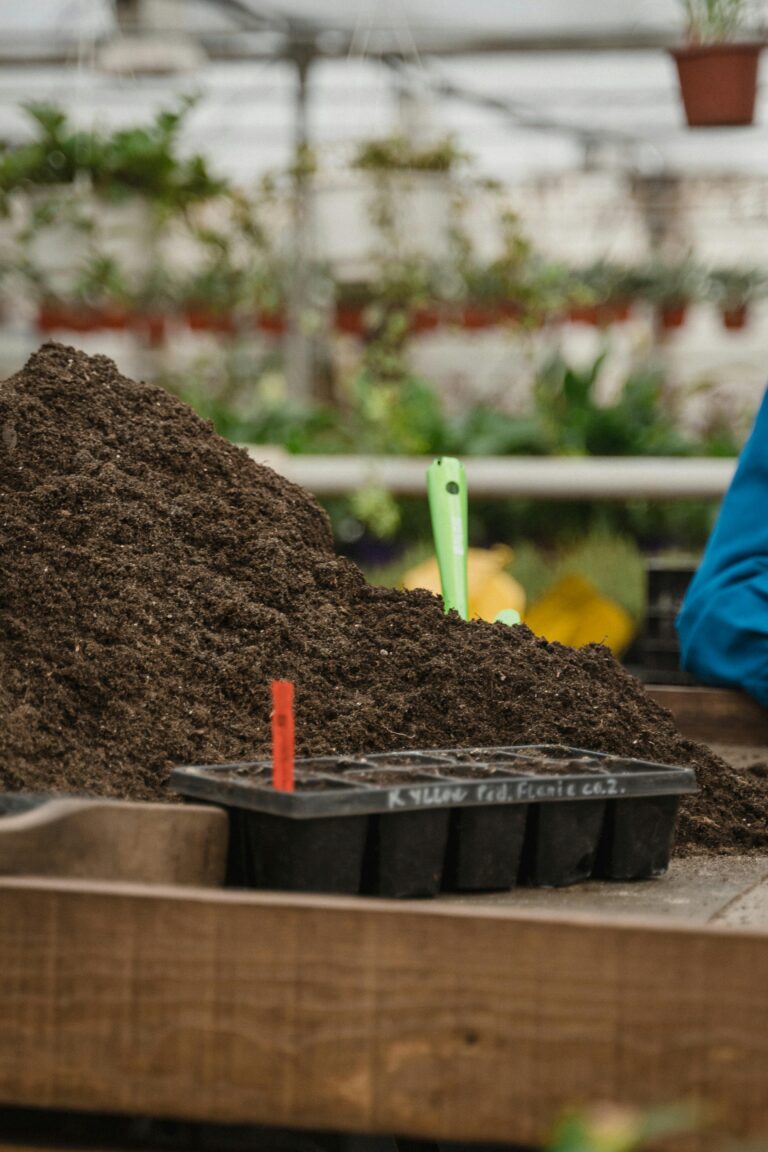




Pingback: Curling Leaves on Tomato Plants: Causes and Solutions for a Healthier Harvest - Topaz Diary
Pingback: How to Grow Tomato Plants from Seeds: A Beginner’s Guide to a Bountiful Harvest - Topaz Diary